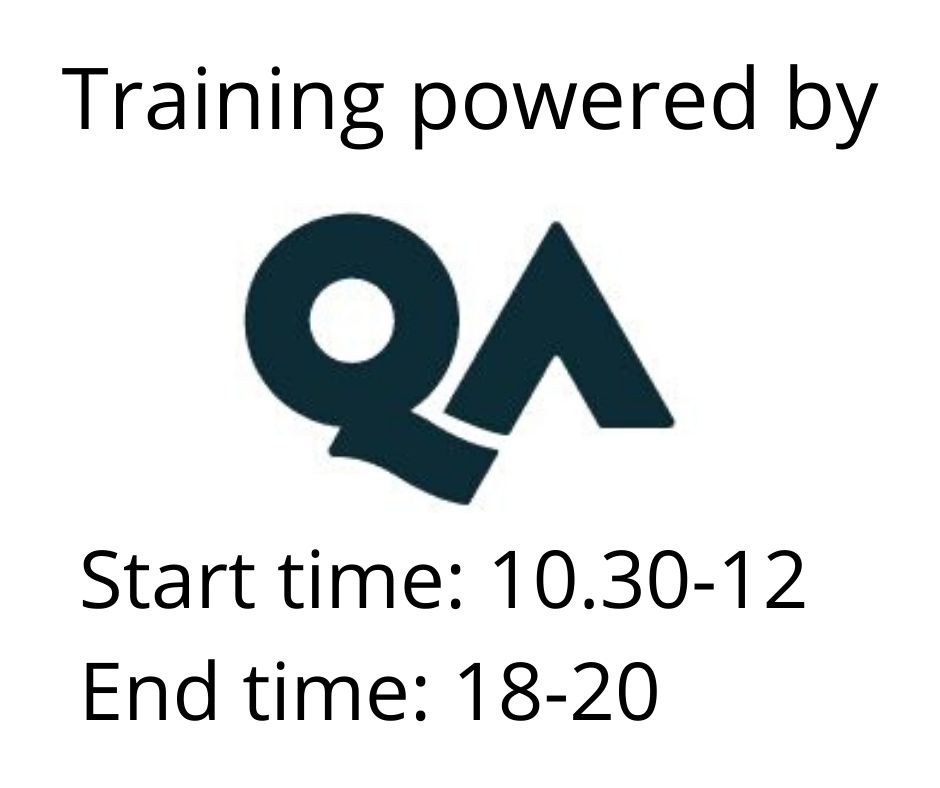Microsoft Power Apps Essentials
Osallistumismuoto
Remote
Duration
2 days
Price
2377 €
Power Apps is a core part of the Office 365 suite and provides a platform for creating online forms, desktop and mobile apps that connect to your business data. This course is an introduction to PowerApps focusing on the creation and distribution of canvas Apps.
This course can be used to gain the pre-requisite knowledge required for course QAMPAPPS - Mastering Power Apps, which is a more technical in-depth look at creating Power Apps
Target audience
Anyone who wishes to learn about PowerApps or needs to create customised business apps for their work.
After attending this course, learners will be able to:
- Understand the function of Power Apps and understand how it fits with the Power Platform.
- Create Apps from scratch, from templates, by using Copilot or from existing data.
- Save and publish apps.
- Work with versions.
- Work with: Screens, Controls and set properties.
- Understand navigation between screens.
- Understand and use variables and Named Formulas.
- Work with data sources.
- Work with tables and galleries.
- Use functions and formulas.
- Work with data forms for viewing and editing data.
Important - This course has MFA Requirements. Please read this link and download the MFA app, prior to attending.
The following prerequisites are recommended before attending:
- Experience using Internet Explorer or equivalent browser.
- A general knowledge of using Office 365
- A basic knowledge of using functions in Excel or a similar program.
- Some basic programming knowledge is useful but not essential.
- Dual monitor setup is required for when attending this course virtually.
Instructors will demonstrate features throughout the event. Optional Lab exercises are available for learners to complete within a delegate created free trial tenancy.
Power Apps introduction
This module introduces Power Apps, what you can do with Power Apps and how Power Apps fits with the rest of the Power Platform.
The Power Apps Studio
This module starts with an explanation on how to launch and use the Power Apps studio for creating, editing and running apps. There is also a section on the other ways that apps can be run by users. The module will also look at how apps can be saved, published and shared with other users as well as investigating the versioning system of Power Apps. The three main ways of creating apps are introduced and there is an exercise where learners will create, save and publish an app by using the Power Apps Copilot.
Screens, controls and navigation
In this module learners will examine the core building blocks of Power Apps, namely Screens and Controls. As part of this the naming of these objects and a discussion on naming conventions will be covered. This module will also look at setting properties including the use of relative and linked properties. There will also be an examination of the properties that can be used to invoke change.
Functions
The module will introduce learners to the use of functions in Power Apps and will focus on commonly used functions including Navigate, Text and Value as well as exploring how multiple functions can be used together. On this course the learner will be introduced to 16 functions.
Modern Styling
This module introduces the current Microsoft design philosophy for Power Apps by introducing the learner to Vertical and Horizontal containers.
Galleries
In this module, learners will be introduced to data and tables including data sources and records. The main ways of displaying multiple records are introduced, namely the table and gallery controls. The use of searching and the sum function within data tables is also introduced.
Variables and Named Formulas
In this module, learners will be introduced to both variables and Named Formulas. Variables allow the app maker to store information that can be used else where in their app. Named Formulas allow the maker to store more complex expressions built using functions that can be evaluated as necessary in their app.
Forms
This module of this course looks at using forms to view and edit individual records from the data sources. The module also introduces data cards, the sub-components of forms and shows their importance when creating apps. Finally, the functions used with forms to create and update records are introduced. Although not part of a form, the techniques to delete records from data sources are also covered in this module.
Appendicies
The following topics are included as Appendices and may be covered on the course is time allows
Licensing and data sources
This module talks about the different licencing levels available while working with Power Apps. It then goes on to examine four common data sources (Excel, SharePoint, SQL and Dataverse) and provides a comparison of their advantages and disadvantages when using them.
Power Apps Copilot
The Copilot module gives learners an opportunity to explore how Copilot can help when working with Power Apps. It will also highlight some of the shortcomings that are currently present in the Power Apps Copilot.
Practical Application Exercise
This optional module will be used for any learners that have completed the rest of the course with time to spare. It is an opportunity for learners to create a new app from scratch and apply the lessons that have been taught in the course. If there is not time to complete this task during the course, learners will have access to the materials necessary to complete it afterwards.
Price 2377 € +vat
